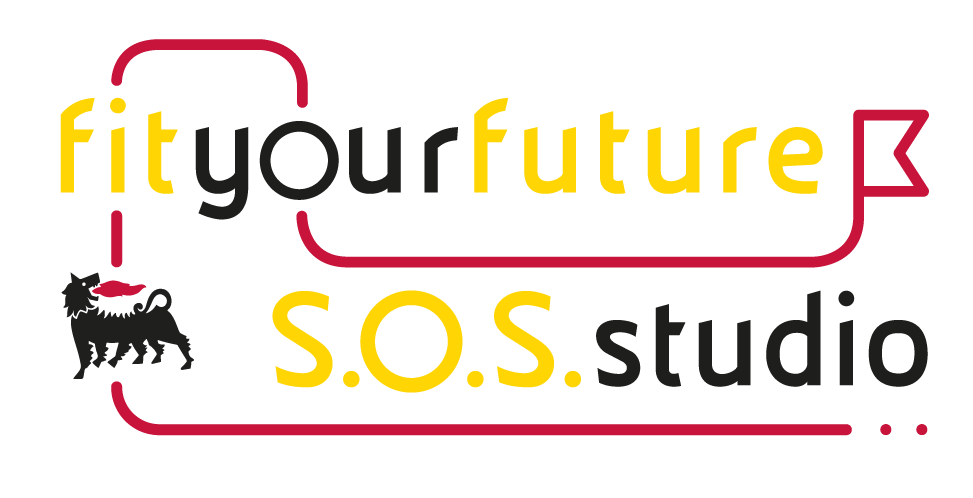A sole proprietorship is not like an LLC (limited liability company) or a corporation in that it is not a separate legal entity from the owner. However, many sole proprietors end up turning their businesses into LLCs later on when they’re ready to scale up. A sole proprietorship’s profits are taxed as the owner’s personal income, and—despite its name—sole proprietorships may hire employees so long as they have an Employee Identification Number (EIN). As a sole proprietor, you’ll report your business income and expenses on the Schedule C form of your personal income tax return. You’ll pay federal and state income tax on your business profits, and you’ll also pay self-employment taxes.
A sole proprietorship is an unincorporated business that one person owns and manages. As the business and the owner are not legally separate, it is the simplest form of business structure. It is also known as individual entrepreneurship, sole trader, or simply proprietorship. However, it’s important to note that a sole proprietorship also carries more personal risk, as the owner is personally liable for any debts or legal issues that may arise. As a sole proprietor, you have to pay the full amount of Social Security and Medicare taxes (a.k.a. self-employment taxes), according to the IRS Schedule SE on the 1040 form (you can deduct half the amount).
The IRS recommends that sole proprietors pay their estimated self-employment income taxes quarterly to avoid fees or a massive tax bill in April. According to the Small Business Administration (SBA), a sole proprietor and their business are considered as one and the same; therefore, the business is not subjected to separate taxation and regarded as the direct income of the owner. Since you don’t have to pay any formation fees, a sole proprietorship is an incredibly easy way to start a new business.
Proprietorship Definition & Examples
It is the perfect set-up for self-employed contractors, business startups and any home-based business. If it’s just a side hustle outside of your regular employment, you may not see a need to file LLC paperwork and pay fees to keep it up. Sticking with small contracts and filing taxes as a sole proprietor may be enough for freelancers like web designers, small crafters on Etsy, or personal trainers. A sole proprietorship is the quickest way to get your small business up and running.
Forms of Business Structure
Local governments and state economic development agencies, frequently make grants available, for businesses that stimulate their local economies. In West Malaysia, the registration of sole proprietors come under the purview of the Companies Commission of Malaysia (Suruhanjaya Syarikat Malaysia, abbreviated as SSM). A sole proprietorship may transform into another, more complex business structure if the business grows substantially.
An important downside of a sole proprietorship is that it provides no liability protection to the owner. By contrast, an LLC separates business and personal assets and the owner is protected against creditors seizing their assets, such as their home. This unlimited liability goes beyond the business entity to the owners themselves.
Financial partners are frequently “silent” and although they do not participate in any business related decisions, they generally receive a percentage of the profits, generated by the business. In a sole proprietorship, the owner is personally what is a lookback period form 941 and form 944 responsible for all aspects of the business, including decision-making, profits, and liabilities. This type of business ownership offers flexibility and freedom, as the owner has complete control over the business and its operations. A sole proprietorship is best suited to small businesses with low risk and low profits. Generally, these businesses don’t have a wide range of customers but rather a small, dedicated group.
Sole Proprietorship vs. LLC vs. Partnership
If the desired name is free, articles of organization must be filed with the state office where the business will be based. The business owner must create an LLC operating agreement defining the business structure. Sole proprietors may choose to convert their small businesses to LLCs or corporations, but they also might keep their side hustle as a sole proprietorship for as long as they work on it. Independent photographers, small landscaping companies, freelance writers, or personal trainers are examples of sole proprietorship businesses. There is no legal separation between the owner and the business, so the owner gets 100% of the profits.
That deduction can result in huge savings and runs until Jan. 1, 2026—unless extended by Congress. Jane Haskins practiced law for 20 years, representing small businesses in startup, dissolution, business transactions and litigation. She has written hundreds of articles on legal, intellectual property and tax issues affecting small businesses. To make any sale attractive, a proprietor must find someone with comparable skills willing to purchase the goodwill the owner has built up. If they cannot find a buyer, the proprietor may pass the business on to a family member or a trusted employee if one exists.
That means you are personally responsible for all aspects of the venture, including business debts, losses, and liabilities. If someone makes a legal claim against a sole proprietorship, they can potentially go after both business assets and the owner’s personal assets. This is the simplest and most common type of business ownership, and it’s often the first choice for entrepreneurs just starting out.
Unlike other types of business structures—like LLCs, S corps, or C corps—you don’t have to file any paperwork or pay any fees to establish a sole proprietorship. In fact, any new business with one owner is considered a sole proprietorship automatically. For example, if you do freelance work outside of your normal job where you are a full-time employee, that work is done under a sole proprietorship if you haven’t set up any other type of business entity. According to the SBA, there are various private organizations prepared to fund sole proprietor business operations that do not qualify for traditional financing from banks. These private investors can provide loans, credit lines, leasing facilities for equipment, or other forms of capital, to sole proprietorship that have exhausted alternative financial resources. It is also possible for these owners to obtain financing by way of business partners or others, with cash to invest.
- Tax advisors can help proprietors estimate taxes so they can set aside enough of the profits to make mandatory government payments[2].
- Start your free trial with Shopify today—then use these resources to guide you through every step of the process.
- Which business structure you choose will depend on the type of business you’re running and your goals for the future.
- Compared to other business forms, there is very little paperwork a proprietor needs to file with their local authorities.
Sole proprietorships must rely on standard funding like bank loans or lines of credit. Banks may view a new business with a small balance sheet as a high-risk borrower. There is no legal separation between the company and the owner, who receives all profits but is liable for all debts and losses. A sole proprietorship is the easiest type to establish and a popular choice for small businesses, individual contractors, and consultants.
Ultimately, a sole proprietorship is best for you when you have an idea and want to start immediately. If you have employees or contractors earning more than $600 in a year, you’ll need to include a W2 or 1099 form for each when filing taxes. If business requirements exceed the resources and financing available to proprietors, they will need to closely manage their working capital and potentially curtail the acquisition of fixed assets. Any sales on credit, and any cash paid towards expenses, must be financed by working capital. Equipment and other long-use resources required for the business must be rented or financed. Record keeping and tax filing obligations are generally no more complicated than maintaining records for individual tax filings.
To make tax filing easier, keep a record of profits and losses for tax purposes throughout the year. Though the process varies depending on the jurisdiction, establishing a sole proprietorship is generally an easy and inexpensive process, unlike forming a partnership or a corporation[1]. Sole proprietorship is not a legal definition, but instead simply describes a business structure in which a single individual owns the business and is responsible for any debts accrued by that business. If you run your own business and nobody else has any involvement in the ownership of that business, then you enjoy sole proprietorship. A sole proprietorship is a straightforward way for an individual to start a business.
The four types of business ownership each have their own unique characteristics and legal implications. An independent artist who sells their work to clients is an example of a sole proprietor. Many freelancers, artists, actors, writers and makers tend to function as tax information center sole proprietors. On the other hand, if you already have a very strong business plan, are hiring employees, or are concerned about liability, you might be better off starting your business as an LLC or corporation.


0 responses on "What Is A Sole Proprietorship?"